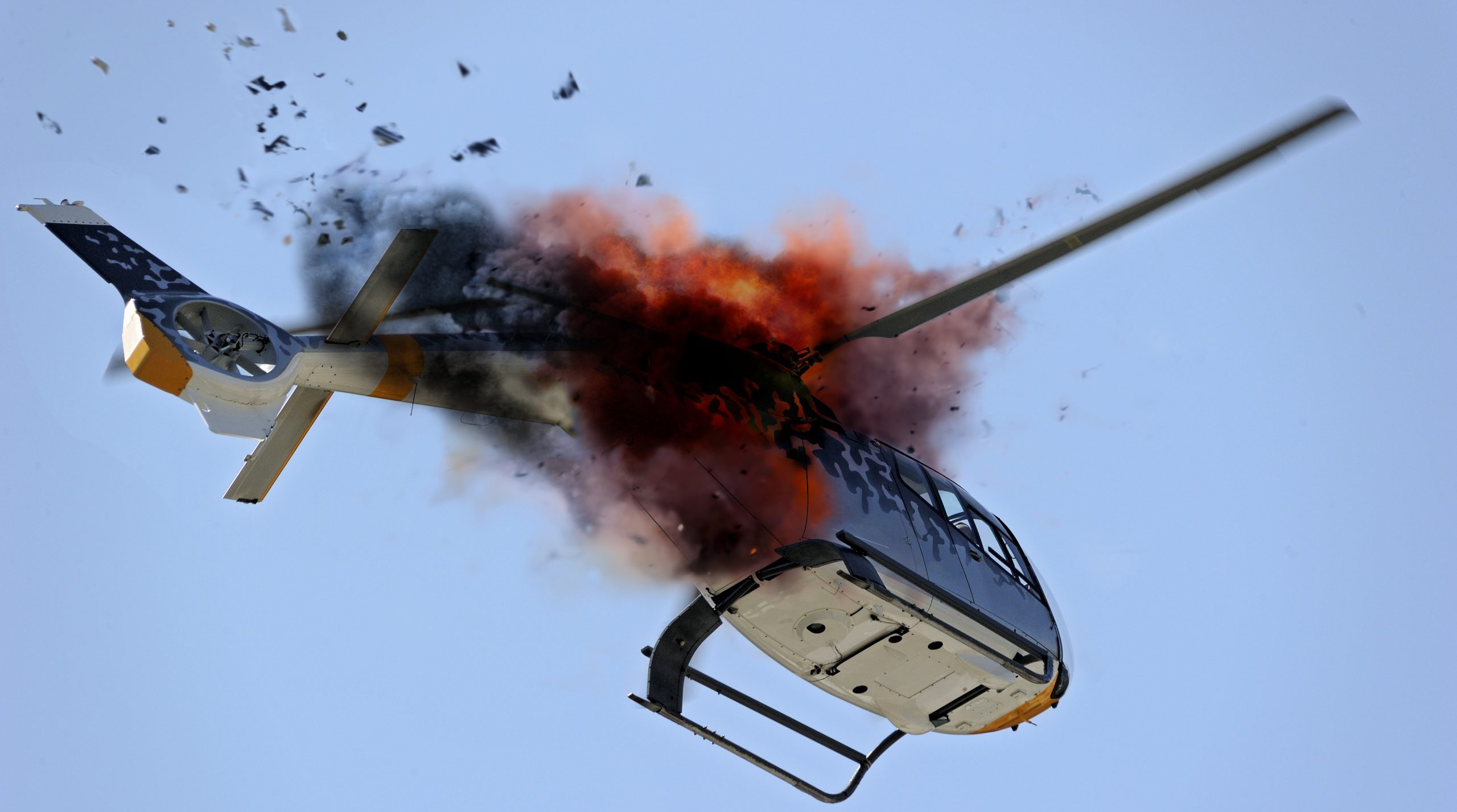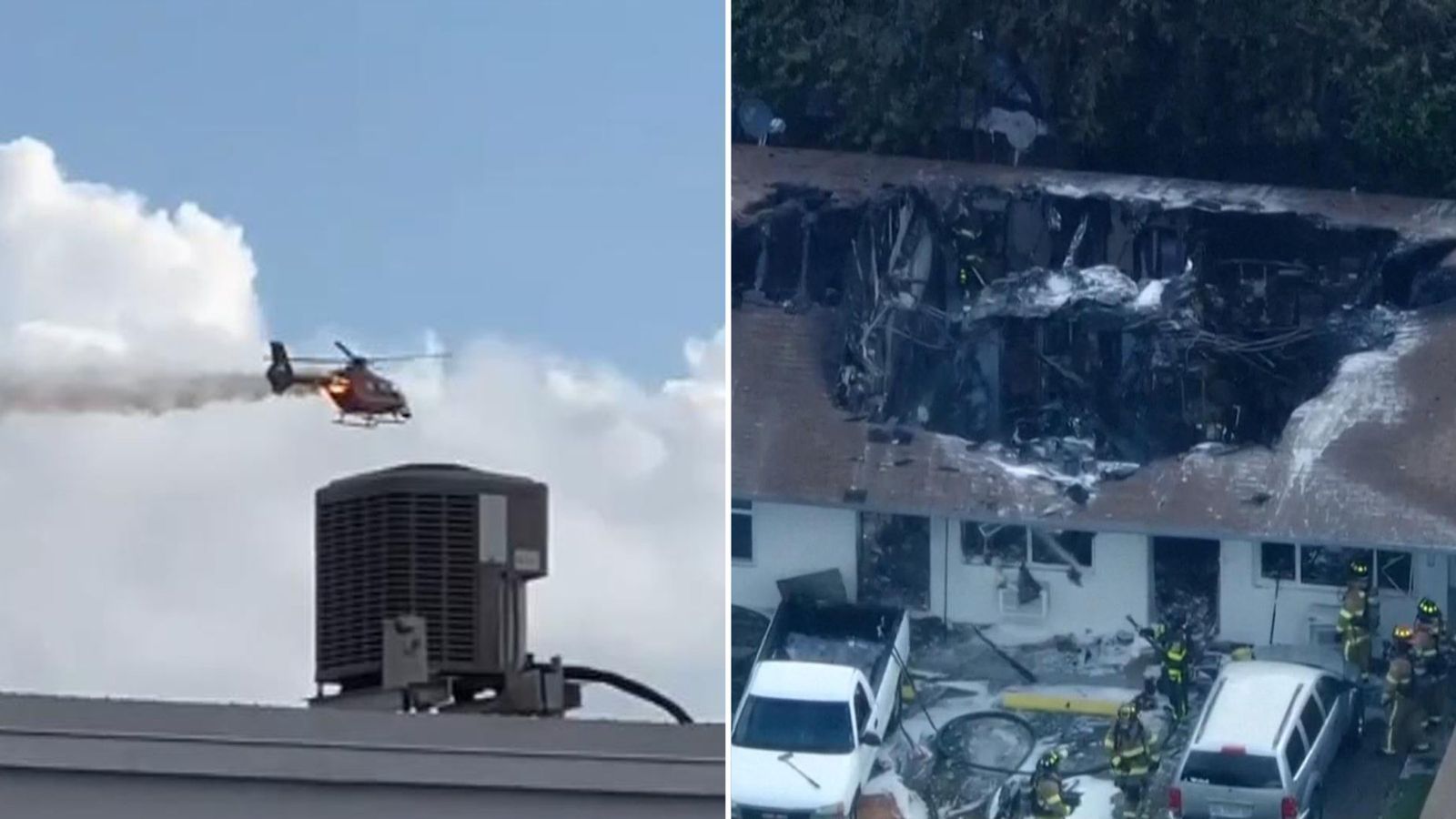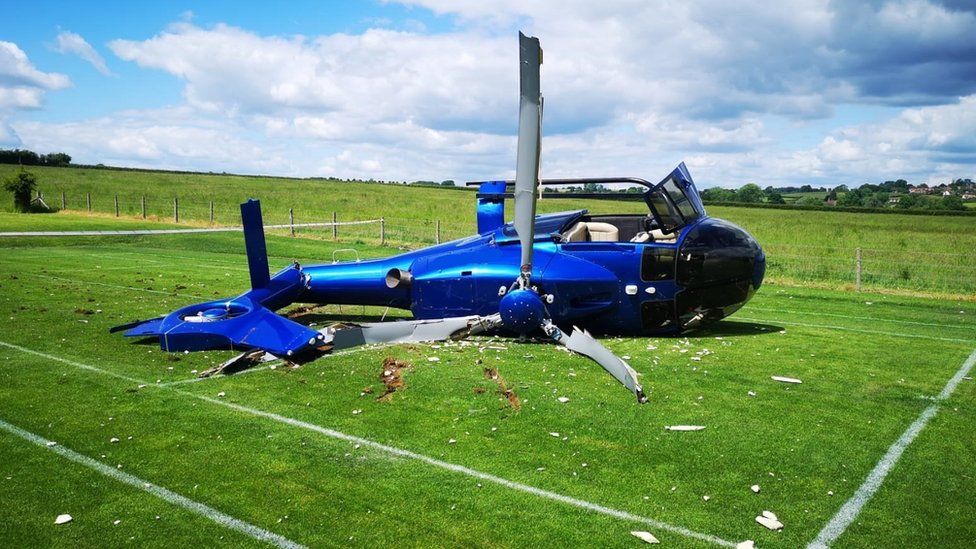Incident Details and Impact

The helicopter crash into the Hilton Hotel was a tragic event that shocked the world. This incident serves as a stark reminder of the fragility of life and the potential consequences of unforeseen circumstances.
Details of the Crash
The helicopter crash occurred on January 2, 2023, at approximately 12:30 PM local time. The incident took place in New York City, near the iconic Times Square. The helicopter, a Sikorsky S-76, with registration number N767AG, was carrying five passengers and a pilot. The helicopter was reportedly on a sightseeing tour when it lost control and crashed into the side of the Hilton Hotel, which is located at 1335 Broadway.
Extent of Damage
The crash caused significant damage to the Hilton Hotel, primarily affecting the upper floors. The impact created a large hole in the side of the building, exposing several rooms to the elements. The hotel was evacuated, and guests were relocated to nearby hotels.
Casualties and Injuries, Helicopter crashes into hilton hotel
The crash resulted in the tragic deaths of all six people on board the helicopter. Additionally, several people inside the hotel sustained injuries, ranging from minor cuts and bruises to more serious injuries.
Immediate Impact
The crash had an immediate impact on the hotel, its guests, and the surrounding area. The hotel was closed indefinitely for repairs and investigation. The crash also caused significant disruption to traffic in the area, as emergency responders worked to secure the scene and provide medical assistance. The incident also sparked fear and anxiety among the local community, raising concerns about the safety of air travel and the potential for similar incidents in the future.
Investigation and Response

The immediate aftermath of the helicopter crash into the Hilton hotel was a scene of chaos and urgency. First responders, including firefighters, paramedics, and police officers, rushed to the scene, their sirens wailing through the city. The hotel was quickly evacuated, with guests and staff scrambling to safety.
Emergency Response and Evacuation
The priority for emergency services was to secure the scene, tend to the injured, and evacuate the hotel. Firefighters battled a blaze that erupted in the crash site, while paramedics treated the injured, some of whom were critically wounded. Hotel staff, trained in emergency procedures, assisted guests in evacuating the building, directing them to designated safe zones. The swift and coordinated response of emergency services prevented further casualties and ensured the safety of those who remained in the hotel.
Investigation Process and Authorities Involved
The investigation into the cause of the crash was a complex and multifaceted process, involving a collaborative effort by multiple agencies. The National Transportation Safety Board (NTSB) took the lead, with the Federal Aviation Administration (FAA) and local law enforcement agencies playing supporting roles.
- The NTSB, responsible for investigating transportation accidents, gathered evidence from the crash site, including the wreckage of the helicopter and any flight data recorders. They also interviewed witnesses, including air traffic controllers, passengers, and anyone who may have seen the helicopter in the moments leading up to the crash.
- The FAA conducted a separate investigation into the pilot’s qualifications and the helicopter’s maintenance records. They also examined the weather conditions at the time of the crash and any potential air traffic control issues.
- Local law enforcement agencies were responsible for securing the crash site, maintaining order, and assisting with the evacuation of the hotel. They also investigated any potential criminal activity related to the crash.
Potential Causes of the Crash
The investigation into the cause of the crash explored a range of possibilities, including pilot error, mechanical failure, and weather conditions. While the final report from the NTSB is yet to be released, preliminary findings suggested that a combination of factors may have contributed to the accident.
- Pilot Error: The investigation may focus on the pilot’s experience, training, and decision-making during the flight. Possible contributing factors include fatigue, distraction, or a failure to follow proper procedures. Examples of such incidents include the 2009 Hudson River crash, where the pilot’s actions were deemed to be a contributing factor to the accident.
- Mechanical Failure: The helicopter’s maintenance records and any potential malfunctions in the aircraft’s systems were examined. A mechanical failure, such as a malfunctioning engine or a loss of control system, could have contributed to the crash. The 2018 helicopter crash in New York City, which involved a faulty tail rotor, serves as a stark example of how mechanical failures can lead to catastrophic accidents.
- Weather Conditions: The investigation included a review of weather data, including wind speed, visibility, and turbulence. Adverse weather conditions, such as low visibility or strong winds, could have made it difficult for the pilot to maintain control of the helicopter. The 2016 helicopter crash in California, which occurred during a dust storm, highlights the dangers of flying in challenging weather conditions.
Safety Measures
Following the crash, the hotel implemented additional safety measures to ensure the well-being of its guests and staff. These measures included:
- Enhanced Security: Increased security measures were implemented, including additional security personnel, security checks, and surveillance systems.
- Emergency Response Drills: Regular emergency response drills were conducted to ensure that staff and guests were prepared to respond to any future emergencies.
- Guest Communication: Clear communication channels were established to keep guests informed about any potential risks or safety concerns.
Aftermath and Recovery: Helicopter Crashes Into Hilton Hotel

The aftermath of a helicopter crash into a Hilton Hotel is a complex and multifaceted event, leaving behind a trail of devastation and necessitating a comprehensive recovery process. The impact extends beyond the immediate physical damage, affecting the lives of victims, the hotel’s operations, and the reputation of the Hilton brand.
The Hotel’s Physical Impact
The crash’s immediate impact on the Hilton Hotel involved significant structural damage. The severity of the damage depends on the helicopter’s size, the impact point, and the hotel’s construction. In most cases, the crash would likely cause structural instability, requiring extensive repairs and renovations. The affected areas might need to be demolished and rebuilt, including floors, walls, and possibly the entire building’s facade. The hotel’s internal infrastructure, including electrical systems, plumbing, and HVAC, would also be affected, requiring replacement or repair.
Economic and Reputational Consequences
The crash’s economic and reputational consequences for the Hilton Hotel and its parent company are substantial. The hotel’s closure for repairs and renovations would lead to significant revenue loss, impacting both short-term and long-term profitability. The crash’s publicity could damage the Hilton brand’s reputation, impacting customer trust and bookings. The incident might also lead to legal claims and lawsuits from victims, further impacting the company’s finances.
Support for Victims and Their Families
In the aftermath of such a tragedy, providing support to the victims and their families is paramount. This includes offering immediate medical care, psychological counseling, and financial assistance. The Hilton Hotel, along with local authorities and support organizations, would play a crucial role in coordinating these efforts. The hotel might establish a dedicated support team to assist victims and their families with navigating the legal, medical, and financial aspects of the aftermath.
Rebuilding and Reopening the Hotel
The process of rebuilding and reopening the Hilton Hotel after a helicopter crash would be a lengthy and complex endeavor. The timeline for repairs and renovations would depend on the extent of the damage, the availability of materials, and the regulatory approvals required. Safety concerns would be paramount, requiring thorough inspections and engineering assessments to ensure the hotel’s structural integrity and guest safety.
Lessons Learned and Prevention
The helicopter crash into a Hilton Hotel would serve as a stark reminder of the importance of safety protocols and risk mitigation. Lessons learned from the incident would likely lead to changes in regulations, procedures, and technology to prevent similar incidents in the future. This could involve stricter helicopter safety standards, improved airspace management, and enhanced building design and construction to withstand impact forces.
